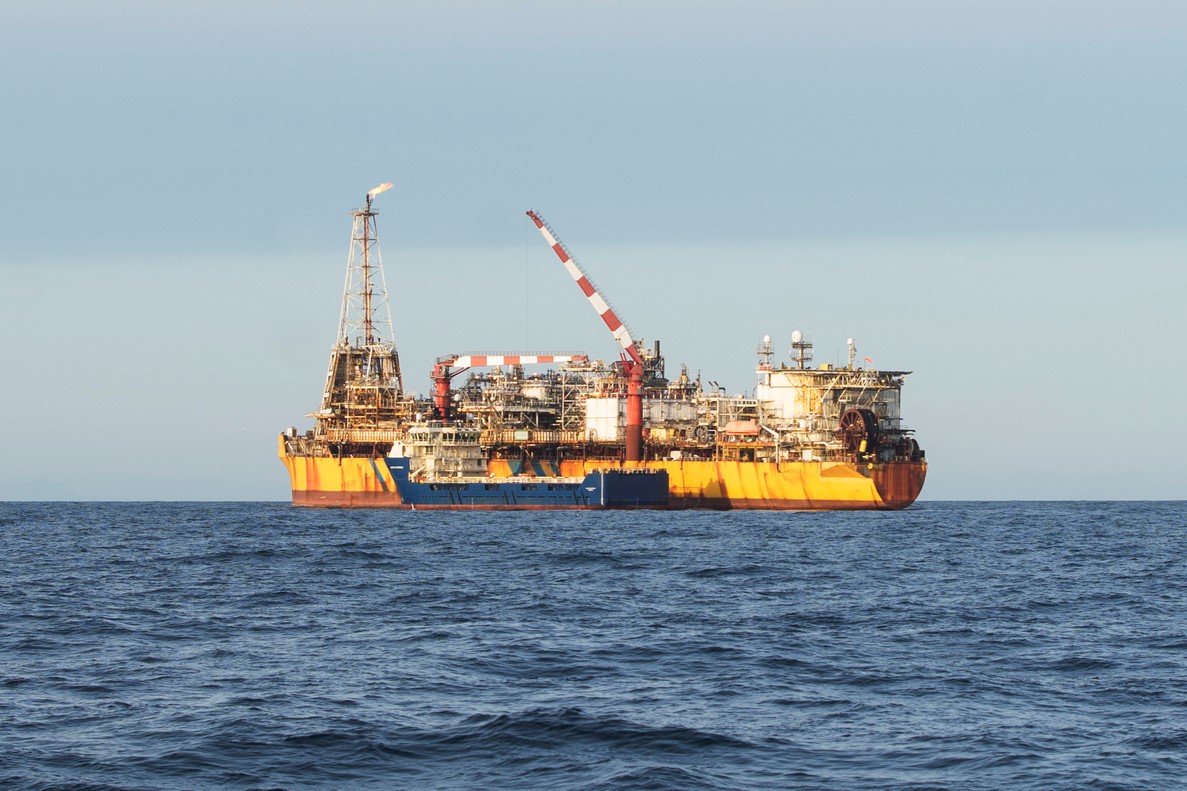
Overview
A leading global specialist for Floating Production Storage and Offloading [FPSO] vessels within the oil and gas industry engaged ARMS Reliability to help optimize the maintenance build of a new FPSO capital project in Mexico.
ARMS’ client was responsible for the engineering, procurement, construction, mobilization, installation, operation, and maintenance of the FPSO that will operate in Mexican waters.
Utilizing its proprietary Asset Strategy Management platform Cordant™ Asset Strategy (formerly known as OnePM®) and the world’s largest component strategy library, the ARMS team began the project in January 2020 and completed it in three phases.
Phase 1: Planning for Success
During Phase 1 of the FPSO capital project maintenance build, the ARMS team developed the documentation that would serve as the foundational plan for the FPSO’s whole maintenance program. The Reliability-Centered Maintenance documentation consists of two parts: the Reliability and Integrity Guide and the Supporting Asset Class Documents.
The Reliability and Integrity Guide defines standard practices for developing, executing, and continuously improving a cost-effective Asset Management Program for the fleet. The guide’s purpose is to make sure the FPSOs can fulfill the business’ availability requirements without compromising safety or environmental performance. Additionally, the guide ensures operational consistency of standards and methodology throughout the region.
The Supporting Asset Class Documents are a dozen “child” documents that dive deeper into details, rules, and exceptions within each asset class. They are like footnotes that facilitate specific maintenance governance and define criticality consequence matrices at the asset-class level.
Phase 2: Building for Efficiency
During Phase 2 of the FPSO capital project maintenance build, the ARMS team began implementing the Maintenance Philosophy Guide, using Cordant Asset Strategy™ software. With inputs from the ARMS team’s expertise, client data, and Original Equipment Manufacturer [OEM] manuals, Cordant™ Asset Strategy was used to conduct the criticality assessment, perform the maintenance strategy build, and enable the rapid deployment of the maintenance strategies across the vessel.
During the Criticality Assessment, Cordant™ Asset Strategy was used to evaluate all 50K+ assets using criteria defined during Phase 1, and each asset received a criticality level of 1-5. The criticality levels help determine every asset’s most valuable maintenance strategy and gives visibility into the risk of each asset.
During the Maintenance Strategy Build, similar assets were first grouped together into equipment types according to Component Maintenance Failure Mode and Effects Analysis [FMEA] Templates. The templates were then populated to incorporate client-specific details, OEM manual recommendations, and all relevant data particular to the various equipment types.
With these templates completed, Cordant™ Asset Strategy deployed the equipment type strategies to assets and created asset strategy variations. These variations account for asset details such as criticality levels, appropriate regulations, and Operation Assurance Tasks.
Finally, the ARMS team simulated the maintenance recommendations for all equipment types, in order to optimize the asset models.
Phase 3: Readying for Efficacy
During Phase 3 of the FPSO capital project maintenance build, the ARMS team used Cordant™ Asset Strategy to populate the client’s CMMS load sheets and Primary Maintenance Instructions [PMI] documents, as well as develop forecasts for labor, spares, and maintenance, and a spares optimization plan.
The ARMS team incorporated the FPSO’s rules set for Cordant™ Asset Strategy to rapidly group all 50K+ assets and their associated tasks into inspection routes and planned maintenance. Then auto-generated all load sheets and PMI documents – a job that traditionally would have taken several months to complete – within a matter of minutes and enabled the client to seamlessly upload the Excel sheets into CMMS. Additionally, the PMI documents were improved, with an updated format, clearer task descriptions, and a feedback section to facilitate continuous improvement.
The ARMS and client team also used Cordant™ Asset Strategy to prepare budget forecasts – tailor-made to the client’s labor, spares, and maintenance – for the first 20 years of the FPSO vessel’s life, providing a detailed depiction of what to expect every year for the next two decades. The team delivered a spares optimization plan as well, outlining the recommendation of spares to stock and the cost benefits associated over the coming years.
Benefits

Asset Strategy Management
Deliver the optimal balance of cost, risk and performance, continuously.
Learn how
